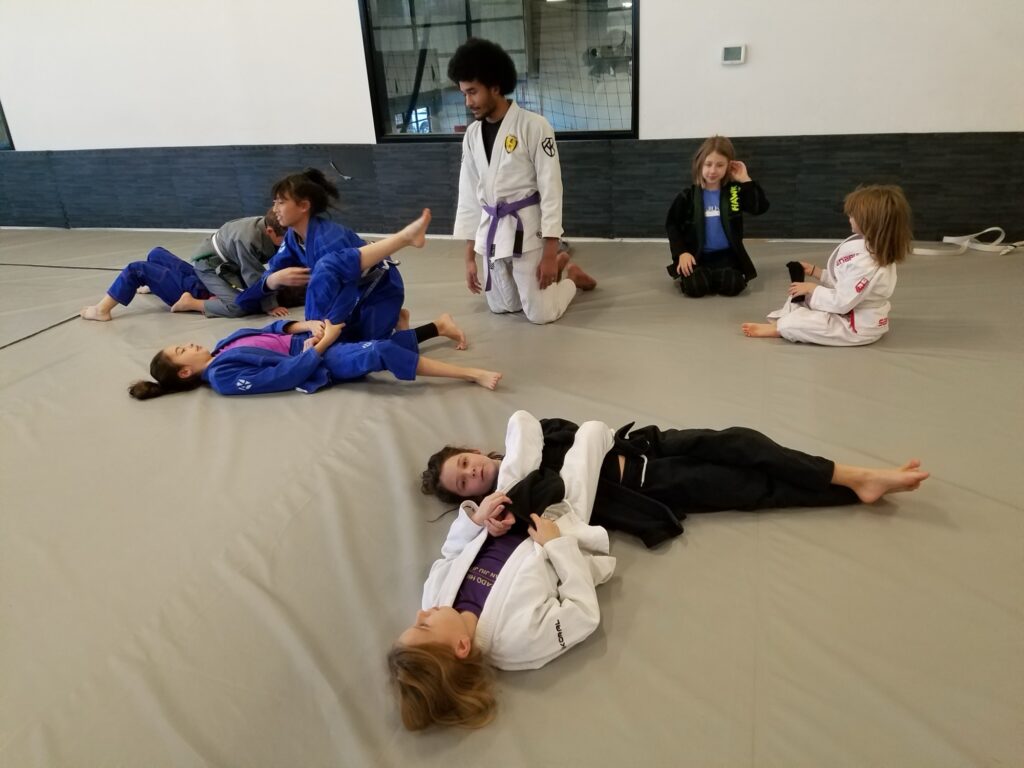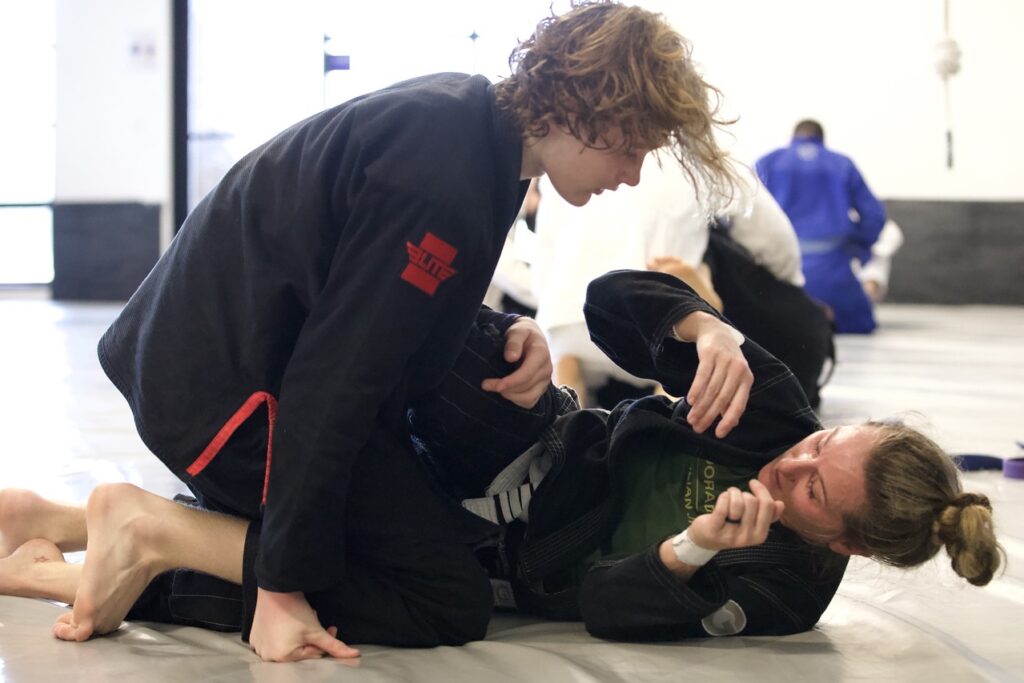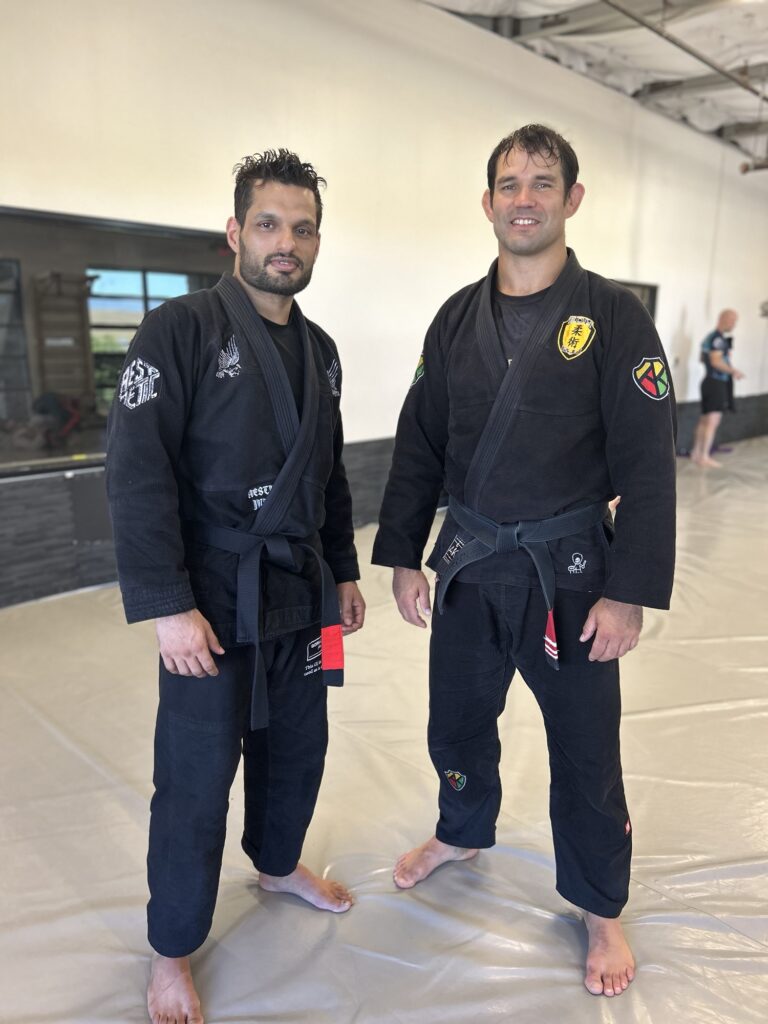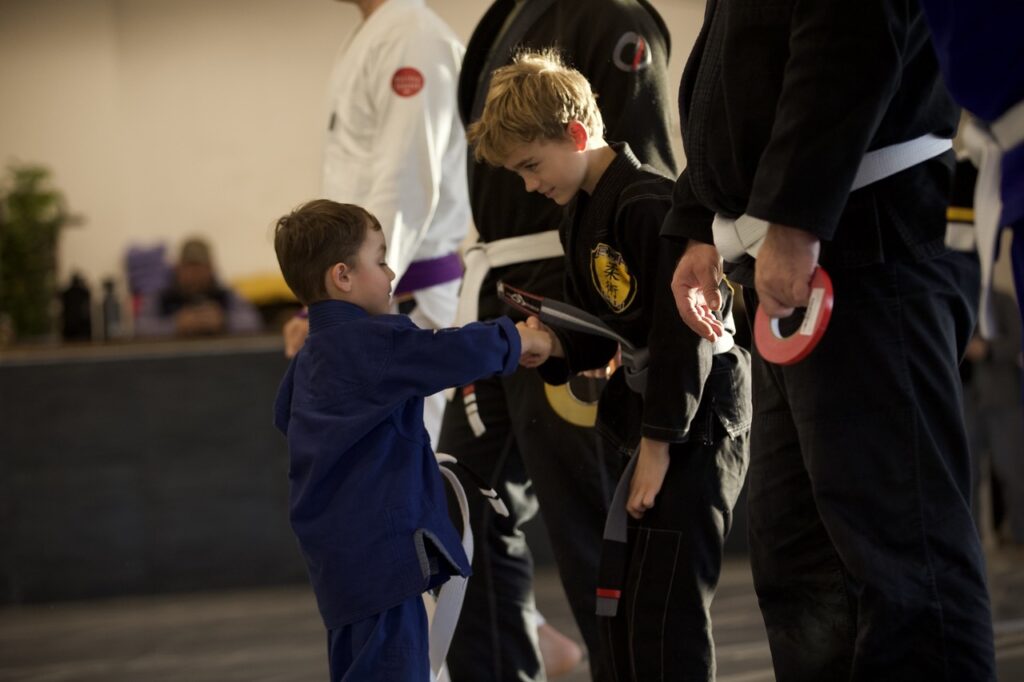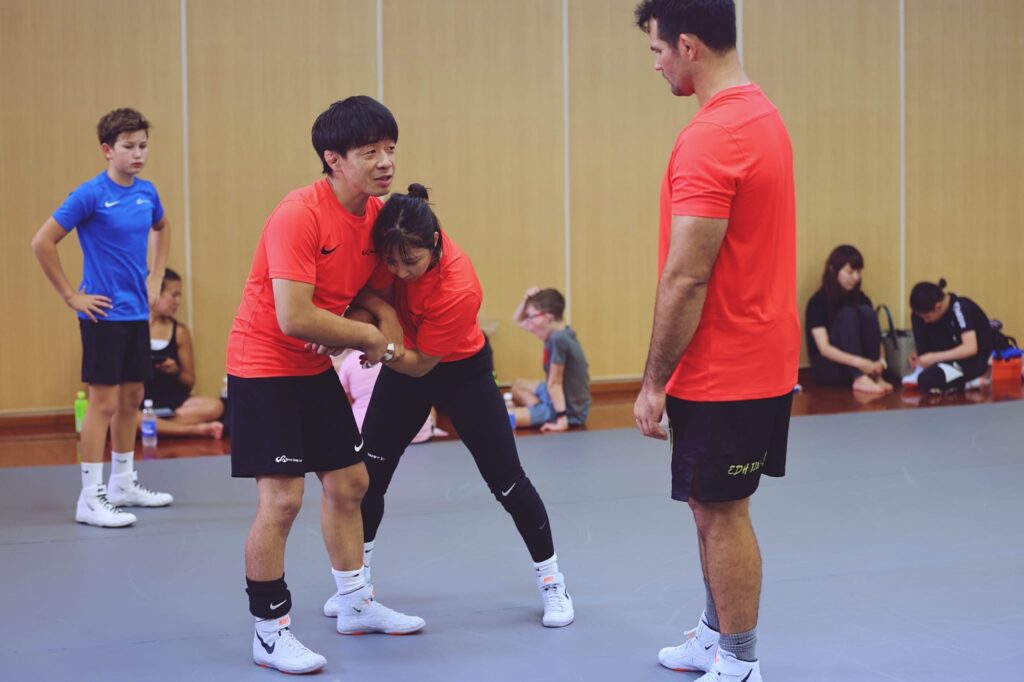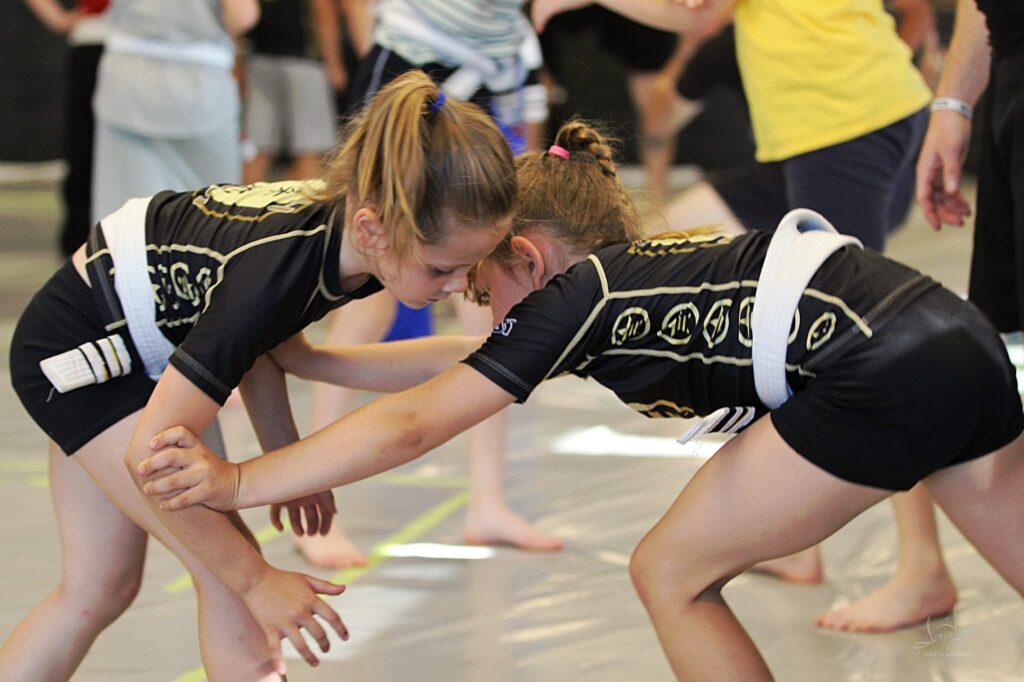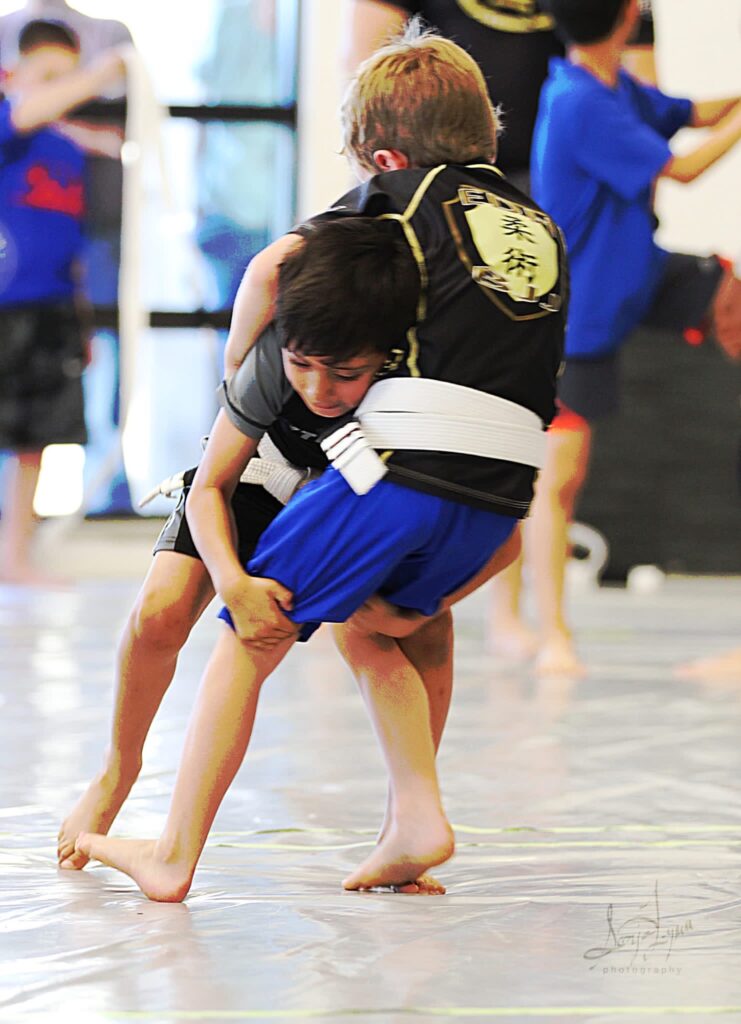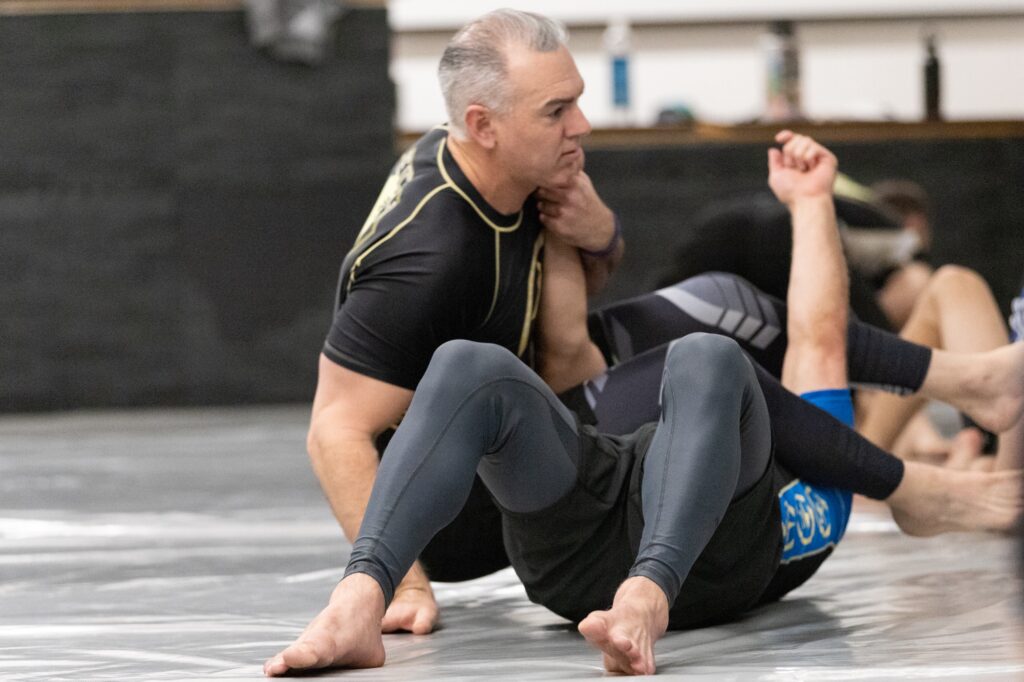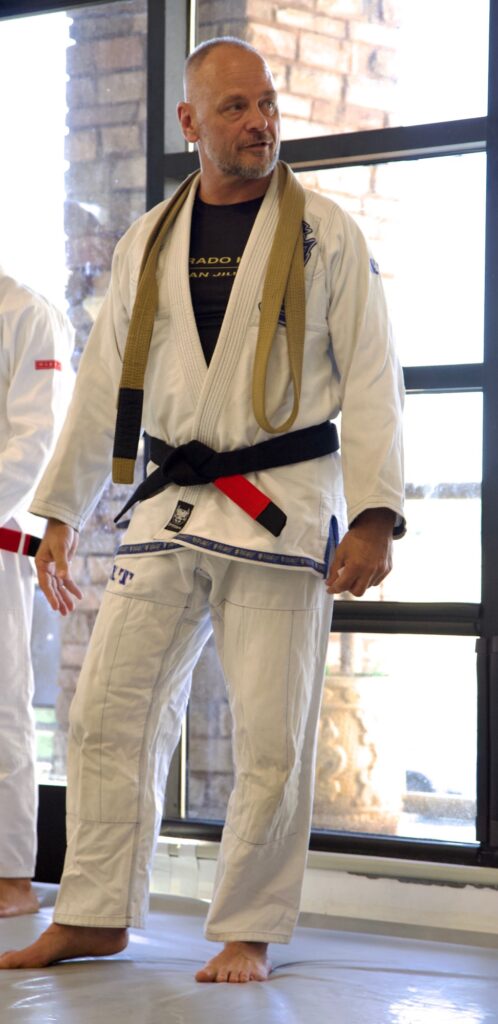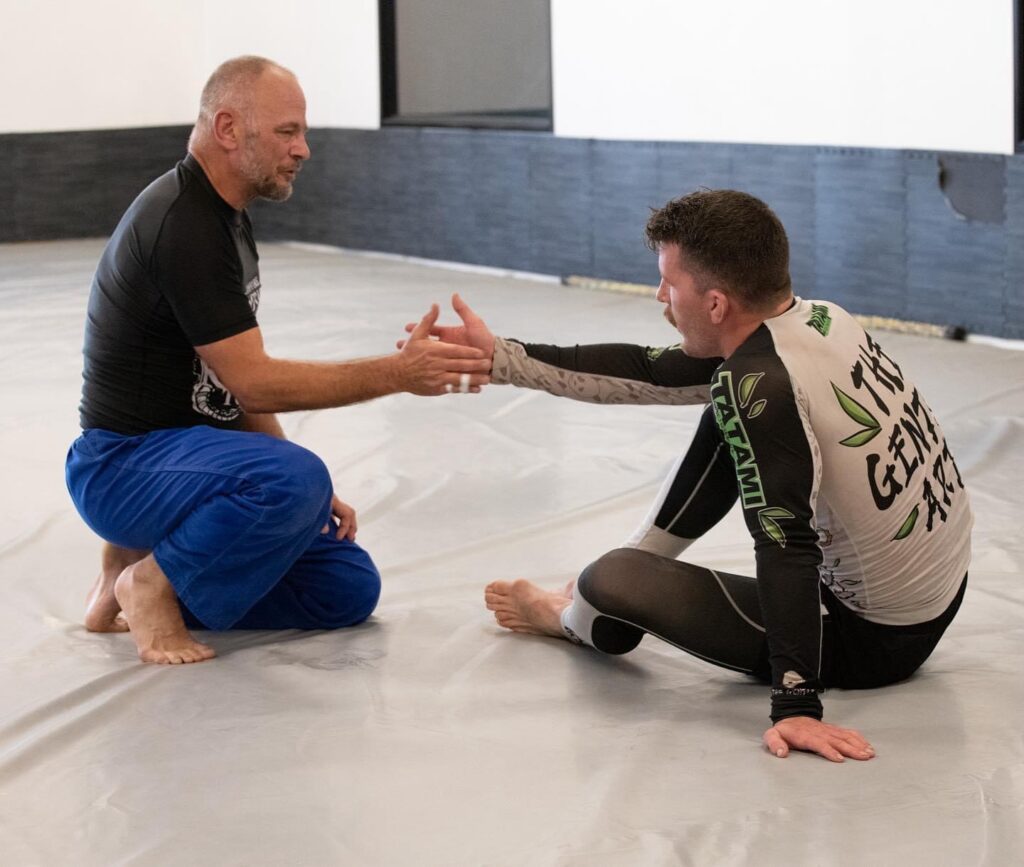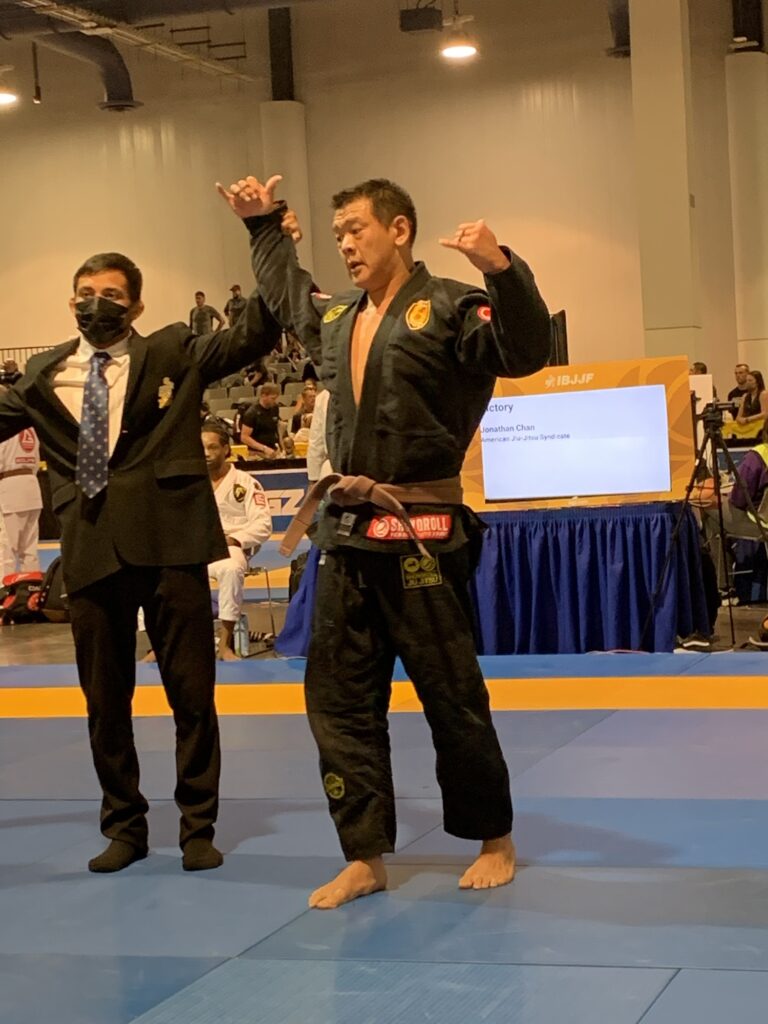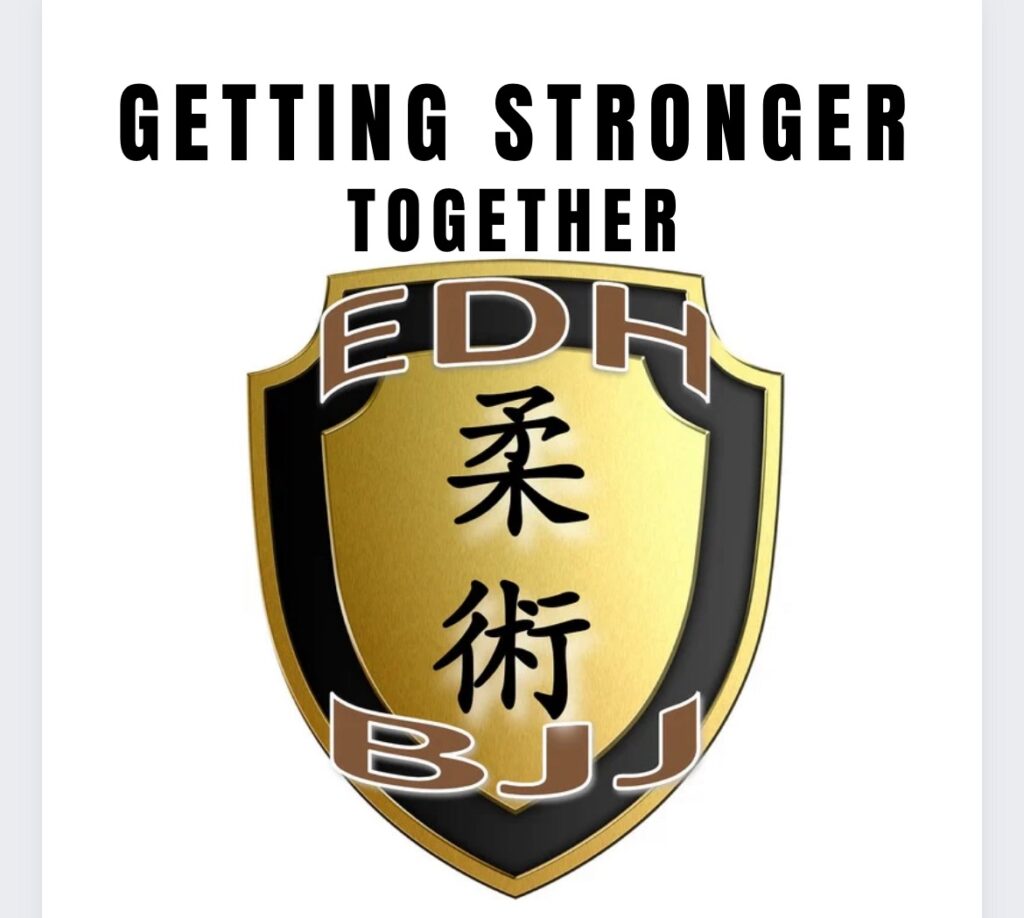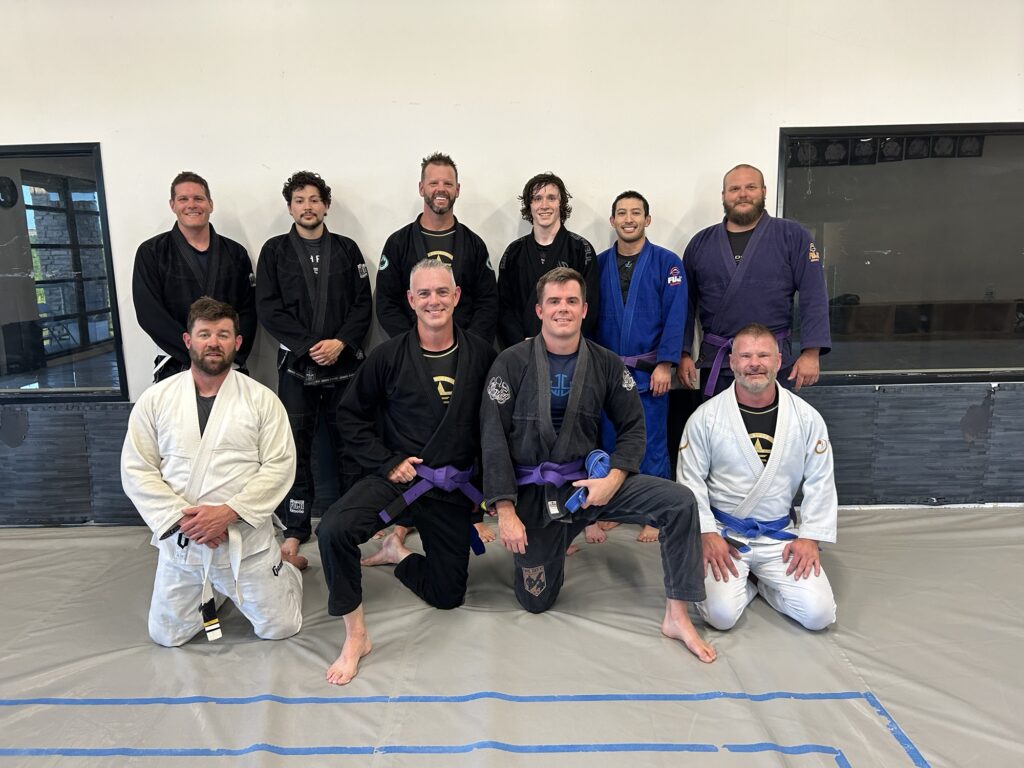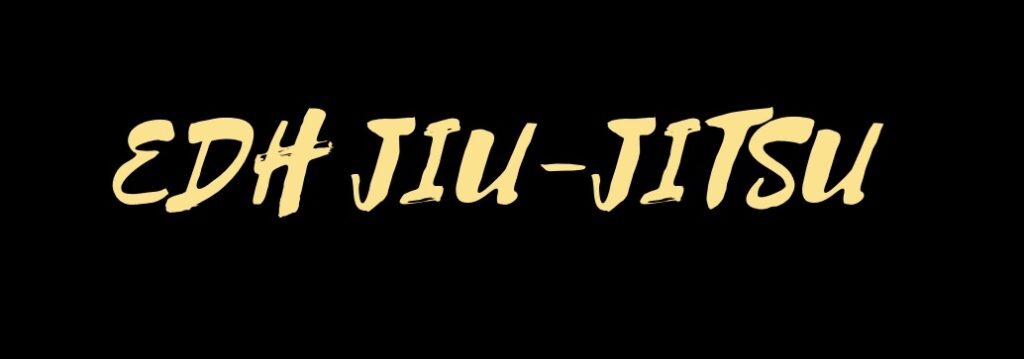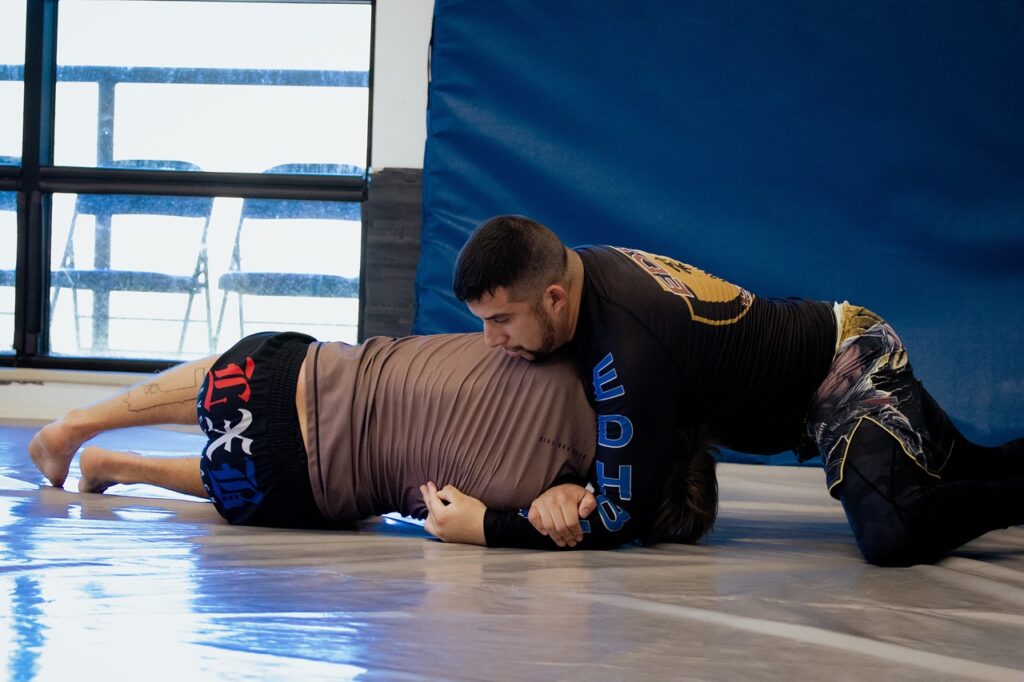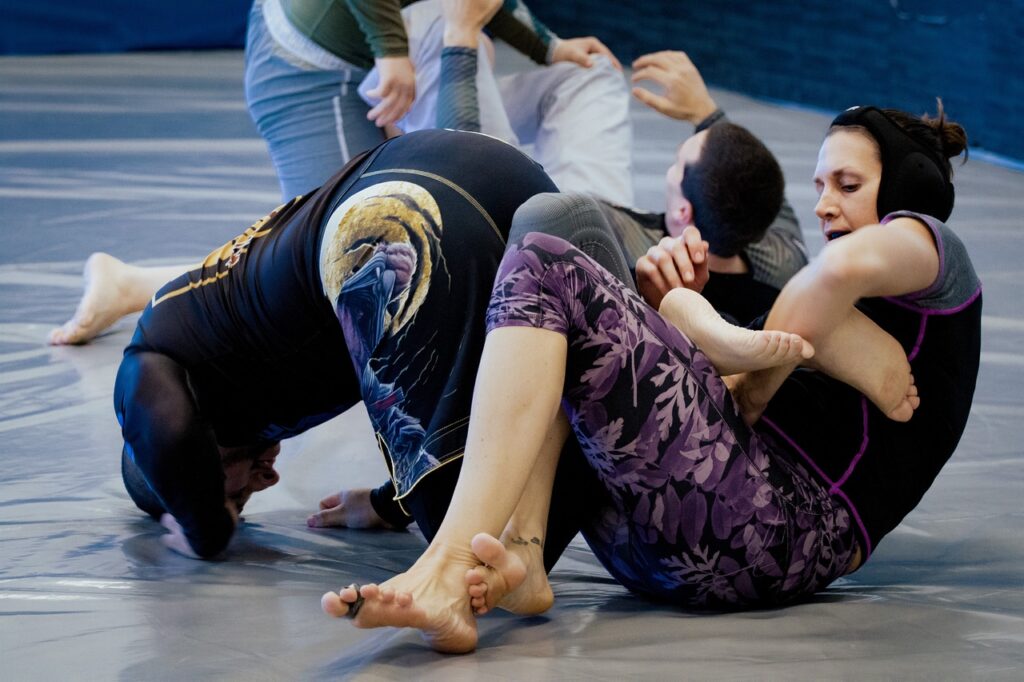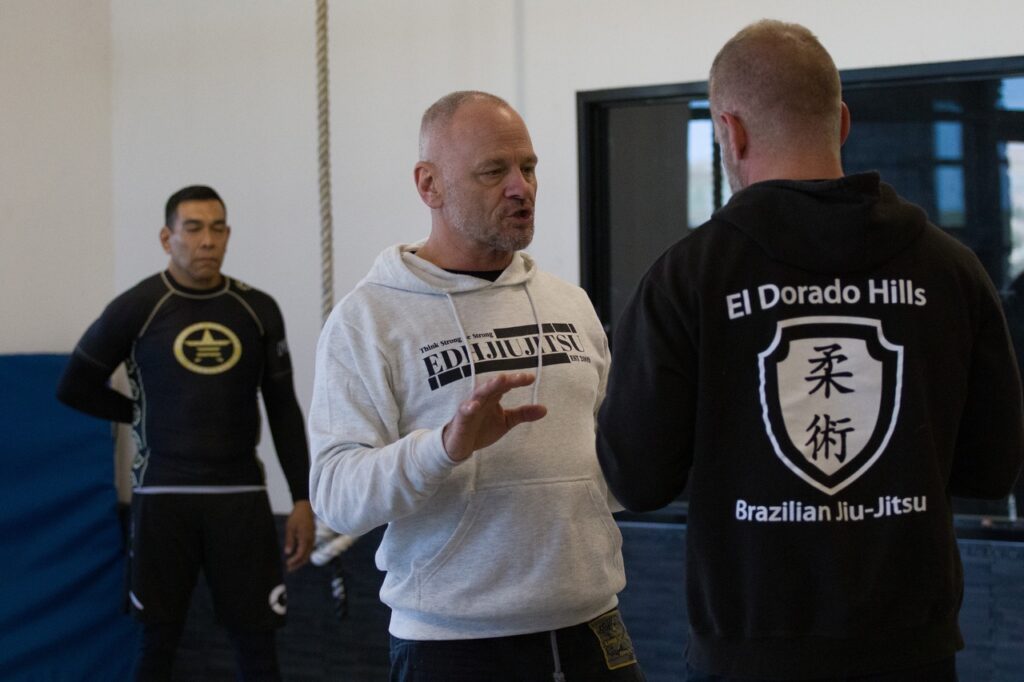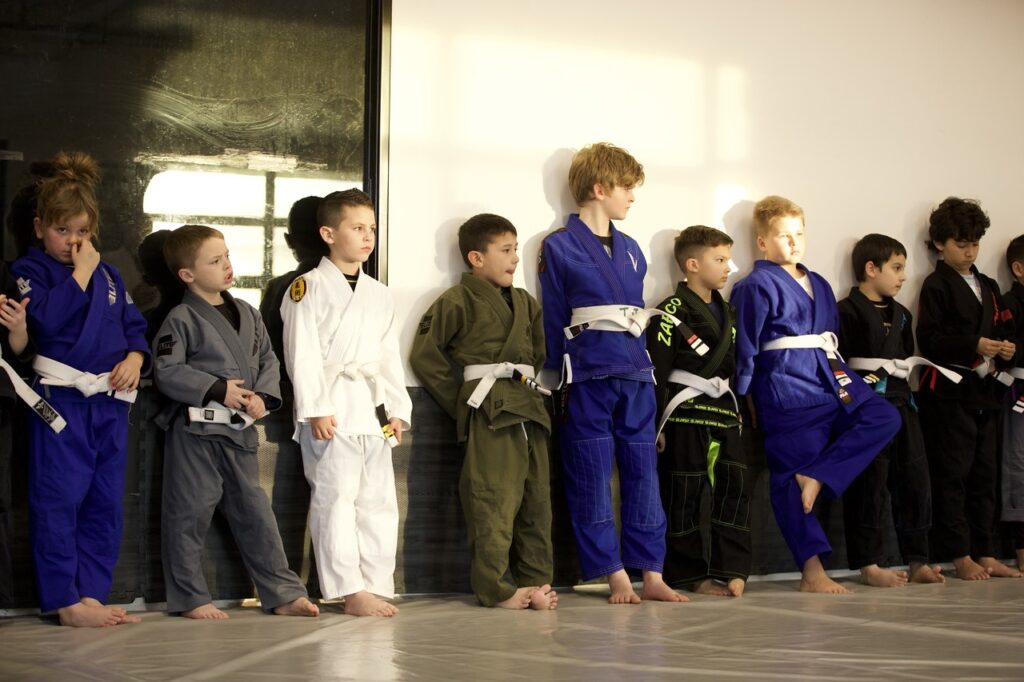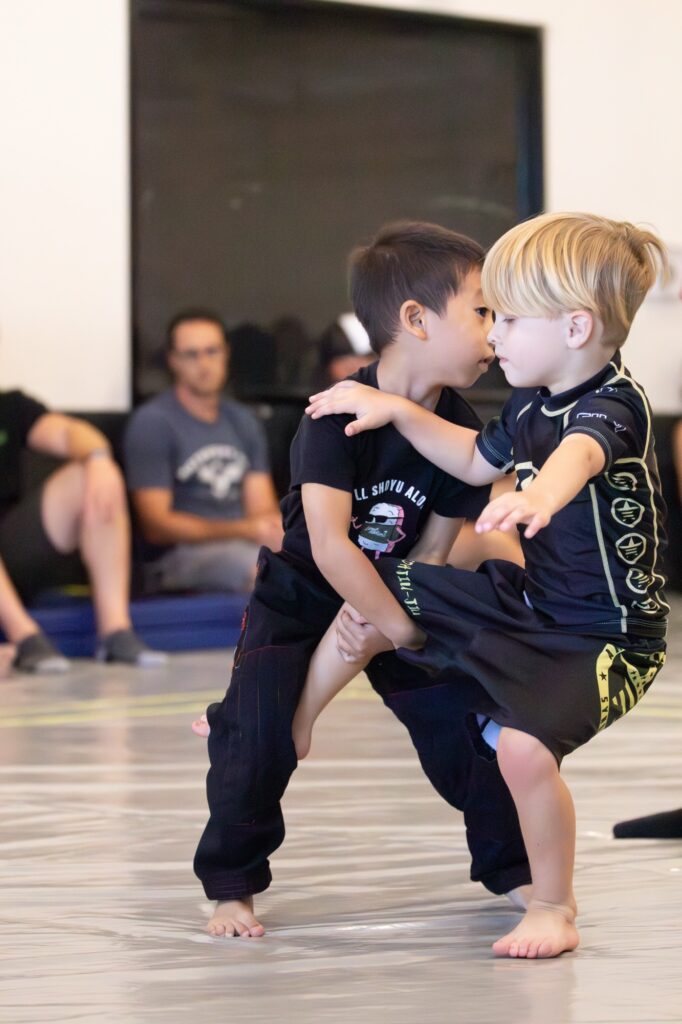
At El Dorado Hills Jiu Jitsu, we’re committed to offering a well-rounded grappling experience that goes beyond traditional Brazilian Jiu Jitsu. By incorporating techniques from Judo and wrestling, we’re not only broadening our students’ skill sets but also enhancing their overall effectiveness on the mat. Both disciplines bring unique elements that complement and elevate Jiu Jitsu, providing our students with a more diverse and complete game.
Why Incorporate Judo?
Judo, with its emphasis on balance, leverage, and throws, offers key advantages in transitioning from standing to ground. Many Jiu Jitsu practitioners find themselves starting in positions where both opponents are standing, and Judo provides a structured, efficient way to take the fight to the ground while maintaining control. Classic techniques like hip throws (ogoshi) and sacrifice throws (hikikomi gaeshi) give our students the ability to execute dynamic takedowns with precision and power. By mastering these moves, students learn how to control the momentum of a match right from the start, gaining an edge in competition or self-defense situations.

Why Wrestling Matters
Wrestling’s contribution to our Jiu Jitsu program lies in its unparalleled focus on takedowns, control, and explosiveness. The application of single-leg and double-leg takedowns provides our students with efficient ways to bring their opponents to the mat without compromising their own base or stability. Wrestling also emphasizes positional dominance, which is a key concept in Jiu Jitsu—being able to control your opponent from top positions like side control or mount is crucial to setting up submissions.
Additionally, the grit and work ethic emphasized in wrestling help develop mental toughness, persistence, and the ability to scramble out of tough situations—all important traits for success in Jiu Jitsu.
The Integration at El Dorado Hills Jiu Jitsu
At our gym, we have the unique advantage of having coaches with high-level experience in both Judo and wrestling. Barrett, a former Division 1 wrestler, leads our efforts to incorporate these powerful elements into our curriculum. His expertise in setups, chain wrestling, and transitions ensures that students not only learn the techniques but also understand how to apply them in live rolling situations. For those interested in Judo, we offer classes that explore essential throws and grips, connecting them directly to the Jiu Jitsu game, so students can apply these skills in real time.
We believe that by offering a mix of Judo, wrestling, and Jiu Jitsu, our students develop a more dynamic and adaptable style. Whether you’re competing in tournaments or training for personal development, this integration allows you to be comfortable standing or on the ground, increasing your chances of success in any grappling situation.

The incorporation of Judo and wrestling into our Jiu Jitsu program is about offering the best possible training environment. We want our students to be complete grapplers, capable of handling any position, whether standing or on the ground. By embracing these disciplines, we not only honor the roots of Jiu Jitsu but also push the boundaries of what’s possible in grappling.
If you’re ready to expand your game and learn how to seamlessly blend these powerful arts, join us at El Dorado Hills Jiu Jitsu. Let’s take your training to the next level.

